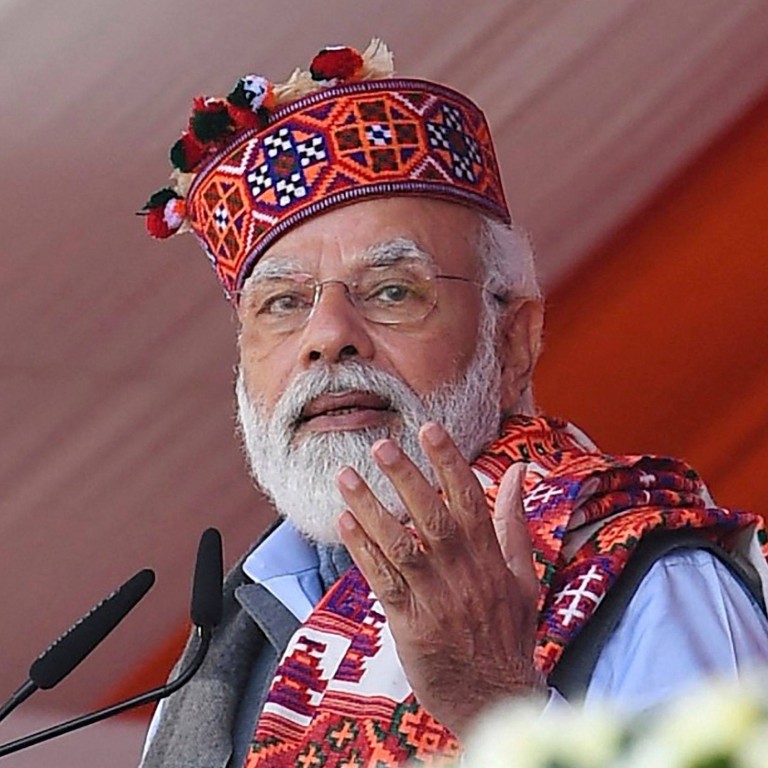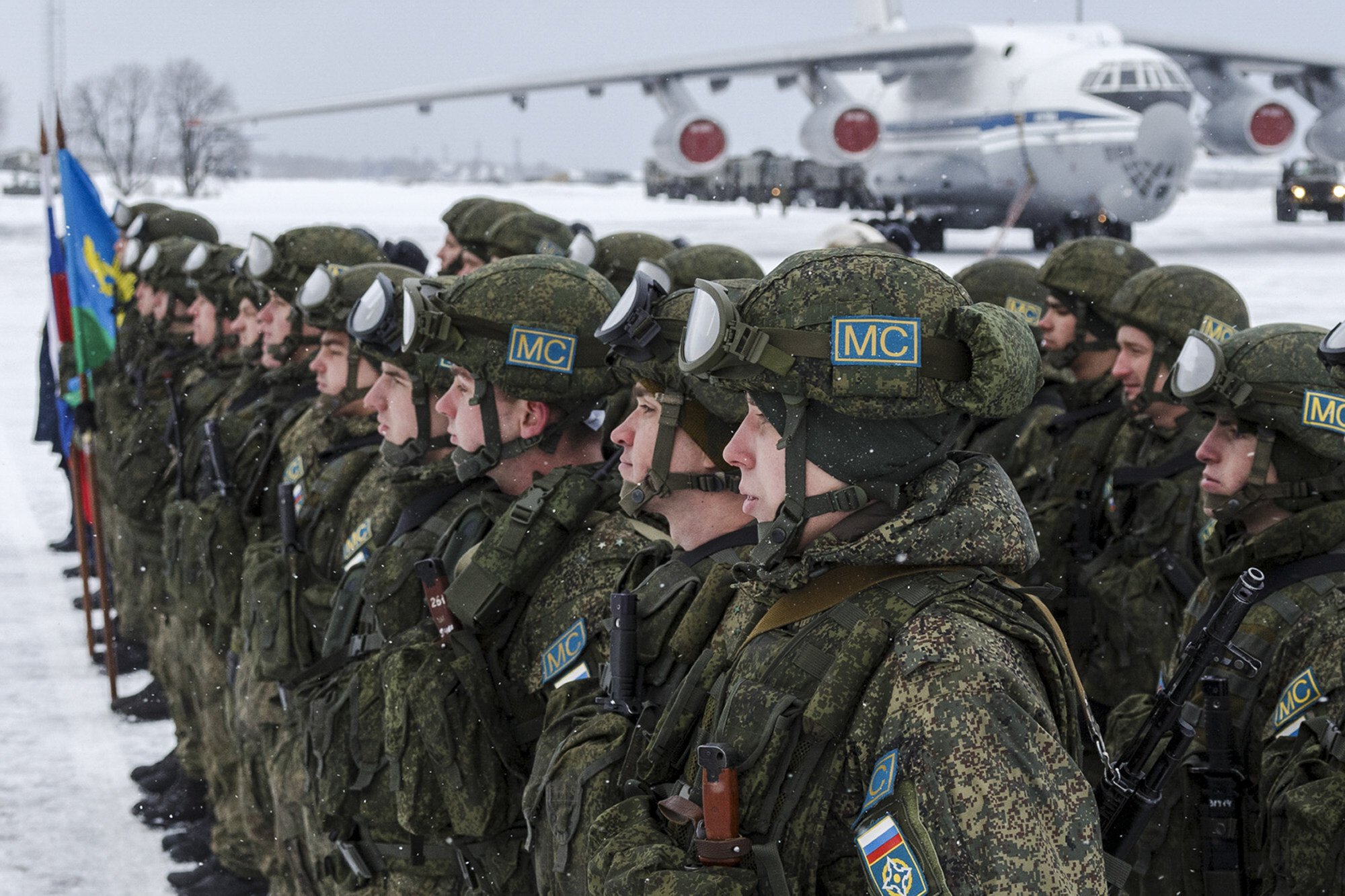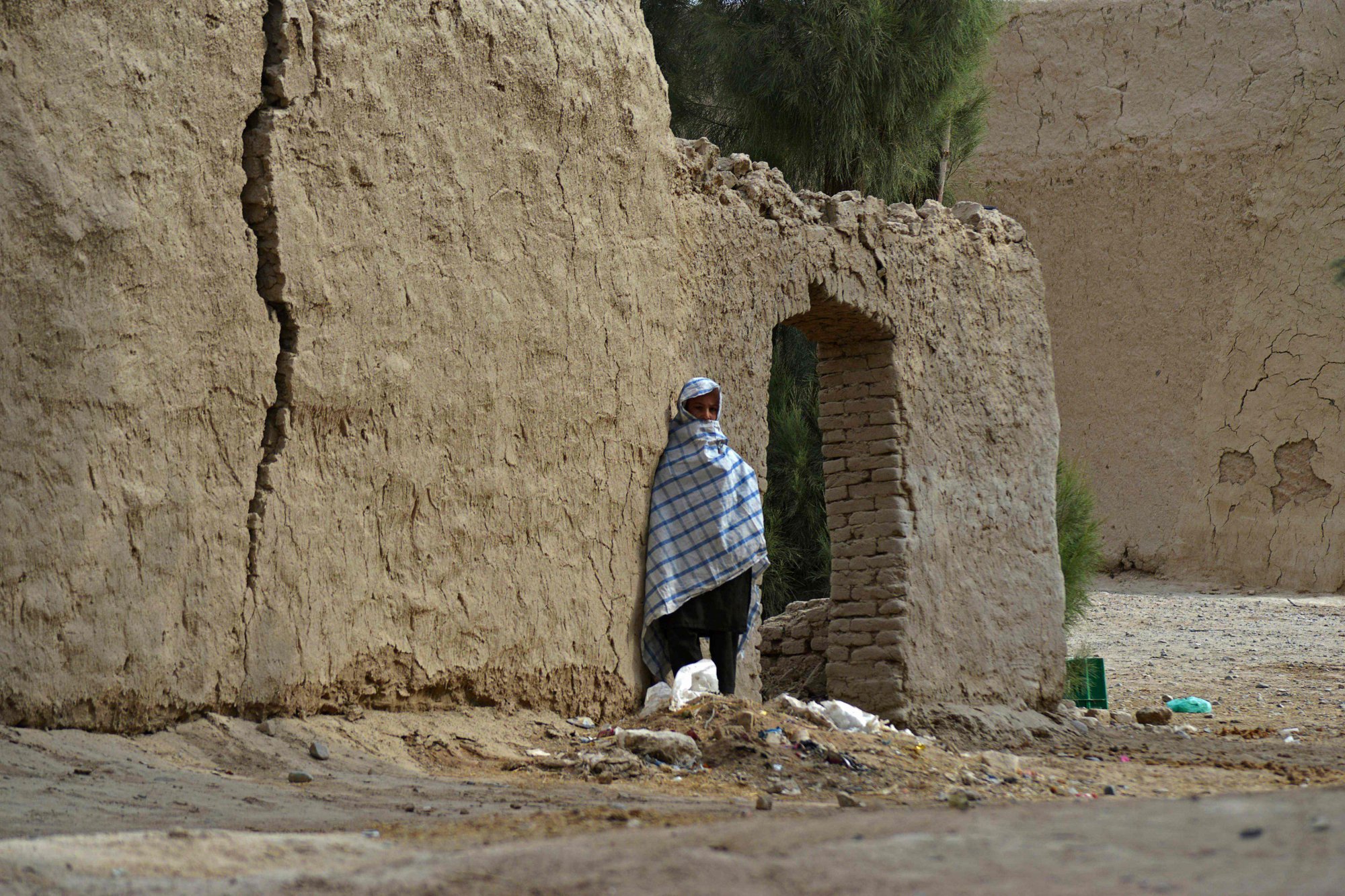
India takes on China and Russia in a Great Game for Central Asia
- PM Narendra Modi to hold summit with leaders of Kazakhstan, Kyrgyzstan, Tajikistan, Turkmenistan and Uzbekistan on Thursday – days after they met China’s Xi Jinping
- India sees a chance to burnish its great power credentials, experts say, but it has far to go to catch imperial past master Moscow and big-spending Beijing
Still, despite the appearance of having been upstaged by the Xi meeting, Modi’s summit had the potential to be a “game changer”, said Ashok Sajjanhar, India’s former ambassador to Kazakhstan, Sweden and Latvia.
“This is particularly significant after the violence and killings in Kazakhstan at the beginning of January this year,” Sajjanhar said, referring to unrest attributed by Kazakh President Kassym-Jomart Tokayev to terrorists from Afghanistan and elsewhere in the region. Russia had sent troops to help quell the disturbances.

Analysts said that Modi’s meeting showed Delhi’s growing interest in a region it considered part of its extended neighbourhood and therefore of critical importance.
“India is seeking to increase its engagement with Central Asia to be commensurate with the importance of the region for India,” said Nandan Unnikrishnan, a distinguished fellow of the Observer Research Foundation think tank in Delhi.
Edward Lemon, a research assistant professor at the Texas A&M University in the United States, said Central Asia offered India an opportunity “to burnish its great power credentials” through various forms of political, security and economic cooperation.
Modi visited all the Central Asian countries in 2015, and two years later set up links with the region’s foreign ministries. For this week’s summit, the five Central Asian leaders had originally been expected to arrive as guests at India’s Republic Day celebration on Wednesday. However, the summit was changed to a virtual setting due – according to New Delhi – to the Covid-19 pandemic.
Upswing in India, Russia ties as China, Afghan dominate bilateral agenda
On Thursday, India is expected to push for an agreement to hold regular summits with the region every two years. It is also expected to create a secretariat to coordinate the effort.
“While all will reaffirm a commitment to cooperating, little will actually come of it,” Lemon said.

China’s summit, meanwhile, might have been motivated at least in part by a leadership change in Kazakhstan, said Swaran Singh, professor of international studies at the Jawaharlal Nehru University of Delhi.
“Kazakhstan, China’s biggest partner in the region, has seen the end of an era from a pro-Beijing President [Nursultan] Nazarbayev to Tokayev who is seen as closer to Moscow,” Singh said.
Nazarbayev stepped down in 2019 after nearly three decades as president, but had remained head of the country’s security council until last month when the title was stripped from him after fuel price rises triggered unrest in the country’s capital Almaty.
Beijing’s summit, Singh said, was it trying to put its “stamp of credibility” on things.
Why China’s belt and road plans for Central Asia are changing
China’s influence rising
Arvind Gupta, a retired Indian diplomat, said India’s historical connections with the region had been disrupted in recent decades and it now wanted “to restore and revive these links at a time when China’s influence there has grown significantly”.
In recent years, China has become the leading trading partner of Central Asia and many of the infrastructure projects in the region are financed by Beijing.
According to the American Enterprise Institute’s China Global Investment Tracker, since 2013 Beijing has given more than US$17 billion to projects in Kazakhstan, around US$4 billion to Uzbekistan and Kyrgyzstan, and US$710 million to Tajikistan.
The US withdrawal from Afghanistan had highlighted the importance of Central Asia, said Gupta, director of Vivekananda International Foundation, a Delhi-based think-tank.
“The return of the Taliban in Afghanistan has enhanced the threat of terrorism and radicalism for India and the region,” Gupta said.
Afghanistan shares its border to the north with Turkmenistan, Uzbekistan and Tajikistan, and to the south with Pakistan, including the Kashmiri areas administered by Pakistan but claimed by India.

Competing with Russia?
“China is draining away the region’s natural wealth while Russia is a past imperial master,” Gupta said. “India, on the other hand, can share its vast experience of development as well as its huge market. Regional countries face no threat from India.”
Singh, from the Jawaharlal Nehru University, said that while Central Asian nations often felt caught between China and Russia, they were keen to turn to India as an economic and political alternative.
“From past partnerships, they are aware of India’s potential in varying fields from education to pharmaceuticals, hydrocarbons, tourism, information, cyber and space technologies,” Singh said.
Regional countries face no threat from India
Jessica Neafie, an assistant political science and international relations professor at the Nazarbayev University in Kazakhstan, said the summit was an opportunity for Central Asian republics to further trade in the energy sector, both in hydrocarbons and in renewables.
However, Long Xingchun, president of the Chengdu Institute of World Affairs, said Central Asia had traditionally been Russia’s sphere of influence, and India’s influence was still significantly behind China’s.
Long suggested the real reason the Modi summit was being held virtually was because the heads of the Central Asian countries had declined to attend in person.
India’s lack of investment in the region and a lack of common borders did not work in its favour, he said.
“The substantive relationship and benefits of cooperation between India and Central Asia are very limited,” Long said.



